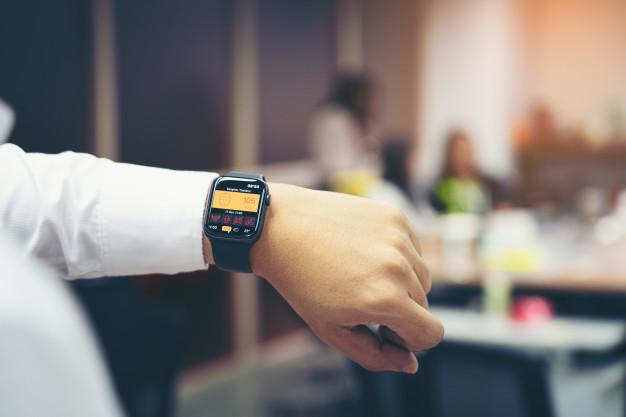The Healthcare industry has been drastically shaped by wearable technology. The role of wearable technology is exceptionally prevalent in the field of healthcare. Not only do they save thousands of lives but they also provide doctors with more elaborated insights into their patients’ condition.
Many of the existing wearables reached markets years ago but they were either difficult to use or provided complex interface, making them far away from being health literate. In this era, these wearables use built-in sensors and multiple functions that take prognosis, diagnosis, and treatment to a whole new level.
technology has grown exponentially and nobody imagined it’s growth at such a tremendous rate. It’s being used not just by consumers, but physicians, insurance companies, and it is changing the dynamics of the whole healthcare industry.
Wearable Technology: an Effective Way to Achieve Healthcare
In recent years, total number of wearable users has grown exponentially - largely due to the advances in IoT and AI technology, diminishing the price of sensors, and easily available frameworks for cost-effective development.
Let us take a closer look at how extensive role wearable technologies play in healthcare industries
1. Flexibility of Patients
Gone are the days when patients had to visit their doctors frequently to talk about their prognosis. Today patients have access to apps on a wearable device that they can use at home. Using these wearables, they can beam their information to their respective doctors which allows doctors to see how patients are keeping up. This helped doctors to monitor their patients in an undemanding way.
This allows the relationship of patients with their physicians to become more consultative rather than a tedious hierarchy.
2. Remote Patient Monitoring
Wearables have increased accuracy and reliability by providing better insights and constantly updating the patient’s information. Remote patient monitoring lets patients go home but still be closely monitored as they continue to reach their health care goals.
The appointed nurse can oversee a hundred of patients from a single server and take action when an emergency is signaled. This increases the flexibility and mobility of patients.
3. Virtual Appointments
Wearables allow doctors to check on their patients without an office visit. This saves time for the doctor and the money of patients. Traditional appointments come with a cost of follow-up but in virtual appointments, there is no scope for a follow-up.
The consultation charges are saved by virtual appointments. This is particularly true for patients with conditions like hypertension, diabetes, and others that would require frequent visits. Early diagnosis would also help in reducing the treatment expenditure and complications involved as well.
4. Improving Scenario
Sensors of wearables allow users to track activity levels, the total number of steps taken, and sleep patterns. These are significantly in need of changing lifestyle habits. Monitoring and understanding the activity levels can inspire users to remain active and stay fit. There are fitness bands that include periodic reminders which may be set to travel off on sensing a pick period of inactivity. These would constantly remind the user to remain active. this could help transform the present scenario where aging and age-related health conditions have now been frequently reported within the youth.
5. Fulfilling Purpose
Wearables fulfill the aim of the tending business. Their areas refine sensible devices that will predict any close emergency and warn the patient and also the doctor at the same time. These devices can even offer the patient access to relevant data associated with the attention that may facilitate in this scenario whereas at the same time vocation out for medical facilitate additionally. this might facilitate the doctors to stay all needed medical facilities prepared whereas the patient is brought in, on time additionally.
Conclusion
Mobile technology, including wearables, apps, mobile devices, and sensors, are changing the relationship between physicians and patients, potentially reducing the need for office visits. Information from these devices could be sent to doctors for patient monitoring.
The healthcare scenario has witnessed tremendous improvement over the past decades. Researchers and scientists have come up with innovative therapies, medicines, and techniques for increasing life expectancy to a significant extent.
These techniques are brewing a revolution in the industry of healthcare by getting revamped by artificial intelligence.












No Comments